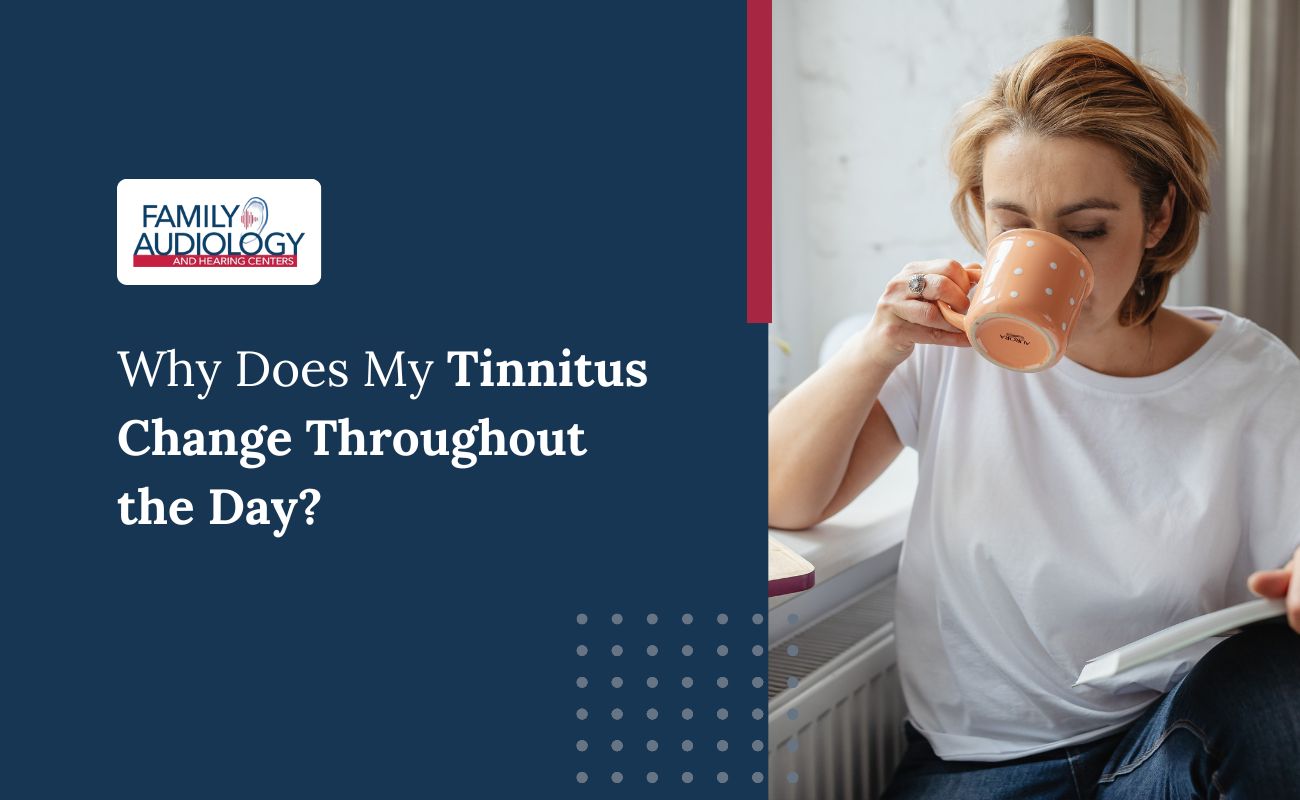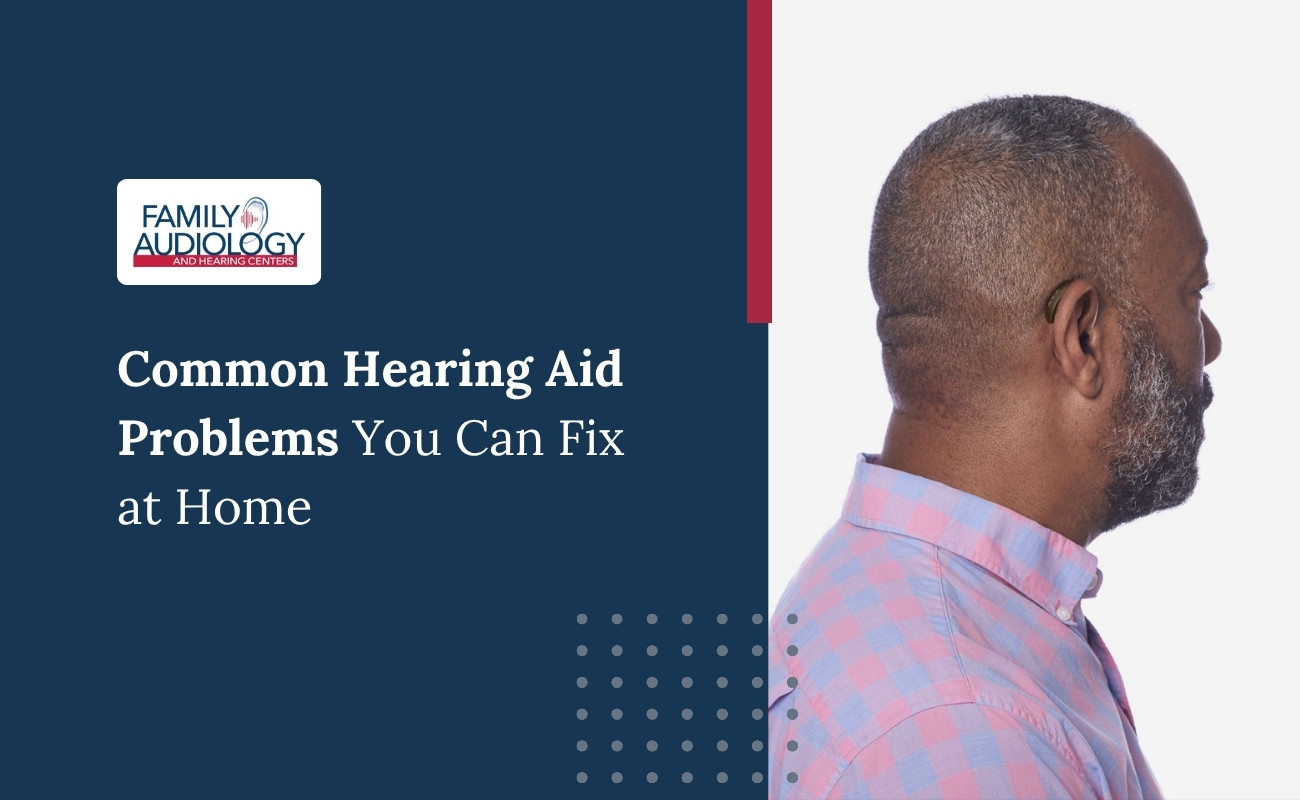CROS and BiCROS Solutions for Single-Sided Deafness



When you lose hearing in one ear, the world sounds different. Conversations feel harder to follow, you might miss important sounds coming from one side, and everyday situations that used to feel natural now require extra effort. If this sounds familiar, you're not alone – and there are effective solutions designed specifically for single-sided hearing loss.
At Family Audiology and Hearing Centers, we work with patients every day who face these exact challenges. CROS and BiCROS hearing systems have helped countless people regain their confidence and reconnect with family, friends, and the activities they love most.
What Single-Sided Deafness Really Feels Like
Single-sided deafness happens when one ear loses significant hearing while the other ear works normally. You might have been born this way, experienced sudden hearing loss, had surgery, or dealt with an injury – whatever brought you here, the daily reality is what matters now.
Picture this: someone calls your name from your "bad side," and you don't hear them. You're in a restaurant trying to follow a conversation, but the person sitting on your deaf side might as well be whispering. You walk into traffic because a car horn came from the wrong direction. These moments add up, leaving many people feeling frustrated and isolated.
Your brain usually relies on both ears working together to pinpoint where sounds come from and separate speech from background noise. With only one ear providing clear input, your brain has to work overtime. That's why many of our patients tell us they feel mentally exhausted after social events or long meetings.
How CROS Technology Works
CROS stands for Contralateral Routing of Signal – fancy words for a surprisingly simple idea. We place a small device on your deaf ear that picks up sounds and sends them wirelessly to a hearing aid on your good ear. Think of it as giving your good ear superhuman abilities to hear from both sides of your head.
The beauty of modern CROS systems lies in their simplicity. You don't need wires, headbands, or complicated setups. Two small devices communicate wirelessly, and suddenly you can hear your grandchild's voice whether they're on your left or right side.
These systems have come a long way from the bulky options of years past. Today's CROS devices are nearly invisible and packed with smart features. They can focus on speech while reducing distracting background noise, and many connect directly to your phone for crystal-clear calls.
When BiCROS Makes More Sense
Sometimes single-sided deafness comes with hearing loss in the "better" ear too. That's where BiCROS technology shines. This system does double duty – it routes sounds from your deaf ear while amplifying sounds for your hearing ear.
We see this situation often in our practice. Maybe you had normal hearing in both ears years ago, then lost hearing completely in one ear, and now the other ear isn't as sharp as it used to be. BiCROS gives you the best of both worlds: you hear from both sides and get the amplification you need where you need it.
The system learns your preferences over time. In quiet settings, it might provide gentle amplification. In noisy restaurants, it automatically adjusts to help you focus on the person across from you while managing background chatter.
Modern Features That Make a Difference
Today's CROS and BiCROS devices include features that seemed impossible just a few years ago. Most connect directly to your smartphone, so phone calls stream to both ears regardless of which ear you normally hold the phone to. Music, podcasts, and videos sound balanced and natural.
Many patients love the automatic adjustments these devices make throughout the day. Walking from a quiet office to a busy hallway? The system adapts instantly. Stepping outside on a windy day? Wind noise gets filtered out so you can still have conversations.
Rechargeable batteries have been a game-changer too. Gone are the days of fumbling with tiny batteries or running out of power at inconvenient times. Most of our patients charge their devices overnight and enjoy worry-free hearing all day long.
What to Expect During Your Fitting
Getting fitted for CROS or BiCROS devices starts with understanding your specific hearing situation. We'll test both ears thoroughly and talk about your lifestyle, work environment, and social activities. This isn't just about numbers on a hearing test – it's about how you want to live your life.
The fitting process itself is straightforward. We might take impressions of your ears if custom devices would work better for you, then program everything based on your hearing profile. Real ear measurements help us verify that sounds are reaching your good ear at the right levels – this step makes a huge difference in how natural everything sounds.
We'll spend plenty of time teaching you how everything works. You'll learn to insert and remove the devices, adjust settings, and use any smartphone apps. Most importantly, we'll set realistic expectations about the adjustment period ahead.
Adjusting to Your New Hearing Experience
Adapting to CROS or BiCROS technology takes time, and that's completely normal. Your brain needs to relearn how to process sounds coming from your deaf side through your hearing ear. Some patients feel overwhelmed at first – suddenly hearing sounds they've missed for months or years can be intense.
We stay closely involved during this adjustment period. Follow-up appointments let us fine-tune your devices based on real-world experience. Maybe restaurant settings need tweaking, or perhaps your work environment requires different programming. These adjustments make all the difference in your long-term success.
Most patients tell us the effort is worth it. They feel more present in conversations, less anxious in new environments, and more like themselves again. One patient recently told us she could finally enjoy dinner parties instead of just enduring them.
Finding Your Right Solution
Choosing between CROS and BiCROS depends on your specific hearing situation and personal needs. If your hearing ear works perfectly, CROS might be ideal. If that ear could use some help too, BiCROS makes more sense.
We consider your lifestyle carefully when making recommendations. Do you attend lots of meetings? Enjoy concerts? Spend time in noisy environments? Your daily activities shape which features matter most and which devices will serve you best.
The Phonak CROS Infinio offers some of the newest technology available, with reliable wireless transmission and all-day battery life. We'll discuss all your options and help you choose devices that fit both your hearing needs and your budget.
Ready to Hear From Both Sides Again?
Single-sided deafness has probably changed how you move through the world, but it doesn't have to define your experiences. CROS and BiCROS technology can restore your connection to conversations, environments, and people that matter most to you.
We're here to help you explore these solutions at your own pace. With 17 locations across Ohio, there's a Family Audiology and Hearing Centers team nearby ready to answer your questions and guide you through this process. Why not schedule a consultation and see what's possible? Your hearing journey doesn't have to be one you take alone.
Discover the Latest Articles
Stay informed with our informative articles.

Why Does My Tinnitus Change Throughout the Day?

Common Hearing Aid Problems You Can Fix at Home

Starkey Omega AI Features Worth Knowing About
Contact your local Hearing Aid Specialists
At Family Audiology and Hearing Centers, we strive to be there for all your family’s hearing needs. Because of this, we have 17 convenient locations in Ohio and Wisconsin for you to visit. See which location is best for you and schedule an appointment today.


